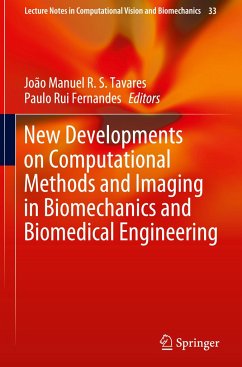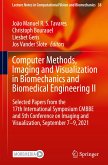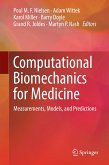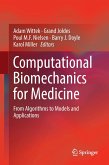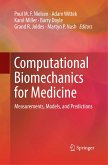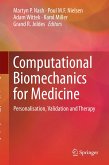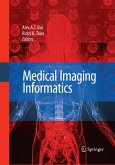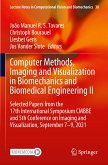This book gathers selected, extended and revised contributions to the 15th International Symposium on Computer Methods in Biomechanics and Biomedical Engineering (CMBBE2018), and the 3rd Conference on Imaging and Visualization, which took place on 26-29 March, 2018, in Lisbon, Portugal. The respective chapters highlight cutting-edge methods, e.g. new algorithms, image analysis techniques, and multibody modeling methods; and new findings obtained by applying them in biological and/or medical contexts. Original numerical studies, Monte Carlo simulations, FEM analyses and reaction-diffusion models are described in detail, together with intriguing new applications.
The book offers a timely source of information for biologists, engineers, applied mathematicians and clinical researchers working on multidisciplinary projects, and is also intended to foster closer collaboration between these groups.
The book offers a timely source of information for biologists, engineers, applied mathematicians and clinical researchers working on multidisciplinary projects, and is also intended to foster closer collaboration between these groups.

